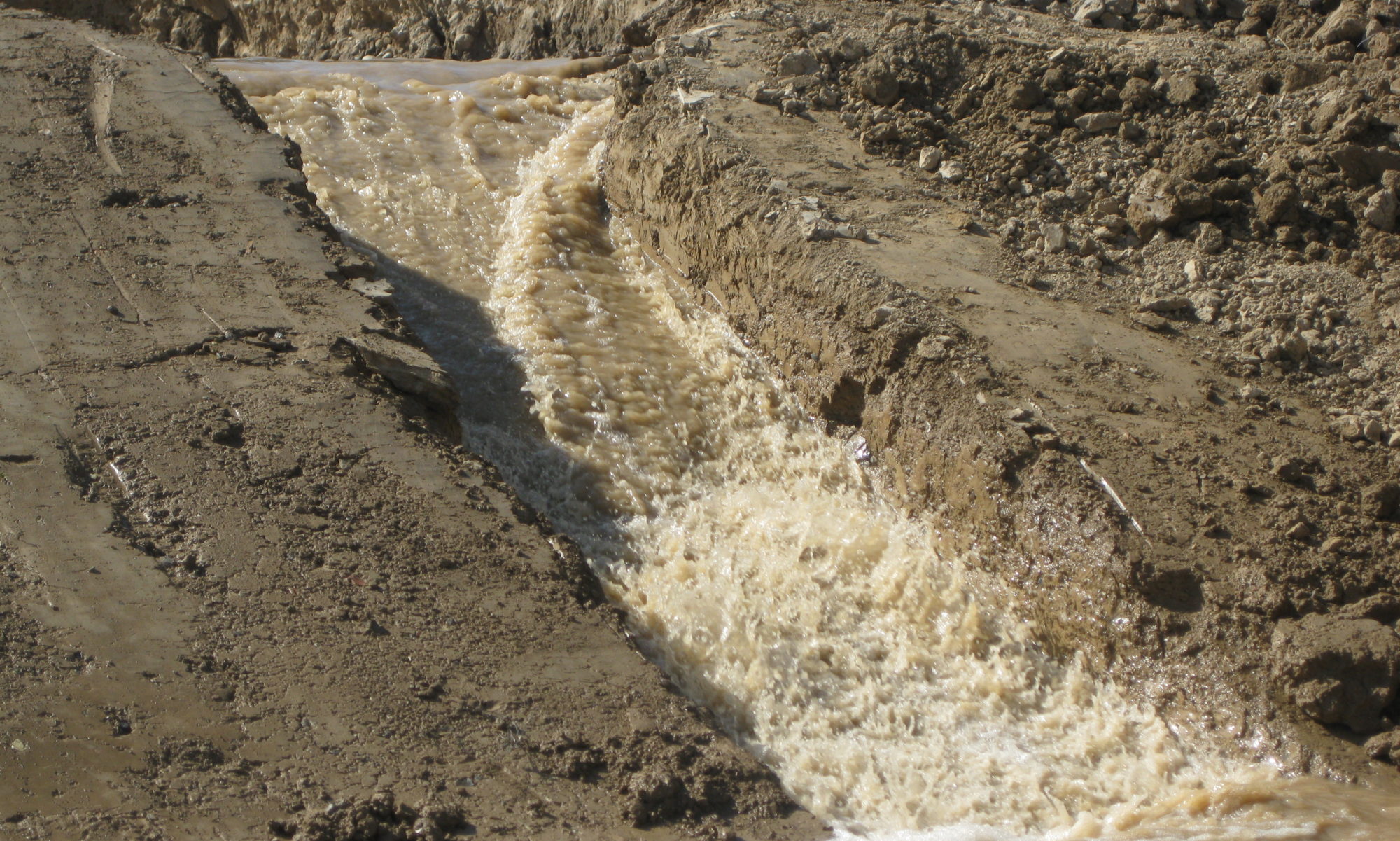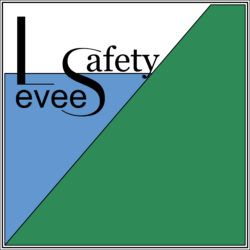What is a levee?
The greatest cities in human history have risen up on the banks of rivers and by the seaside. Living by the water provides with a number of advantages and assets such as fertile farm land, transportation, trade and hydroelectric power. On the other hand, in doing so, people chose to live in close confines with an unruly force and, unfortunately, often they forget it.
As a result of climate change, escalations in both the probability and magnitude of flood hazards are expected. In the last years, the world has experienced a rising number of devastating flood events that have triggered governments to embark on flood risk management initiatives.
A hazard is a physical event or human activity with the potential to result in harm to people and economic losses (damages to goods and property).
Flood risk management is about reducing the probability of floods of a particular severity occurring and/or reducing the magnitude of the impacts should flooding occur.
Flood defence systems are designed to reduce the risk of inundation and LEVEES, also called dikes, digues or flood defence embankments, are often the main component of a flood defence system.
A levee is a man-made embankment built to contain and control the flow of water so as to provide protection against floods or to prevent ocean waves from washing into undesired areas. Often levees are little more than trapezoidal mounds of less permeable soil (clay) which run in a long strip for many kilometers along a river (or a lake or ocean).

